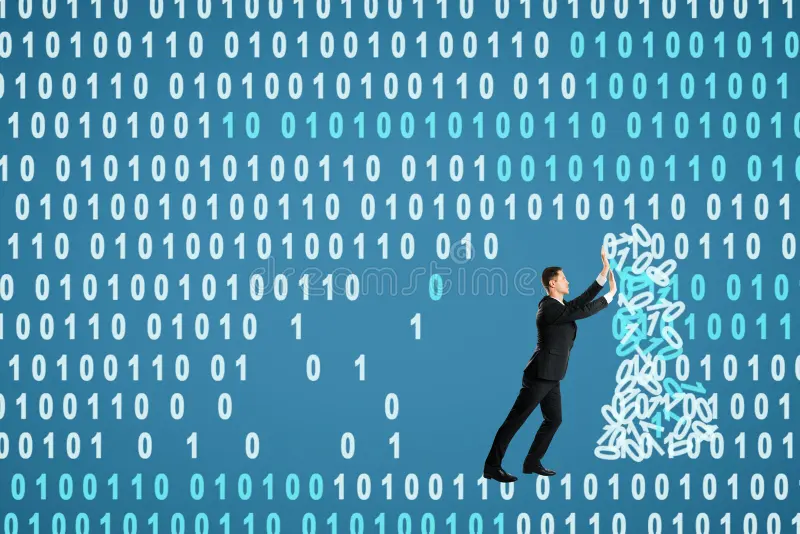Binary Code in Everyday Technology: Behind the Scenes
In today’s digital age, almost every aspect of our lives is influenced by technology. From smartphones to computers and smart appliances, binary code serves as the backbone of this technological landscape. Understanding how binary code operates behind the scenes can provide valuable insights into how our everyday devices function. This article explores the integral role of binary code in everyday technology and how it powers our daily experiences.
What is Binary Code?
At its core, binary code is a numeral system that represents data using only two symbols: 0 and 1. Each digit in binary is known as a “bit,” and these bits work together to represent information in a form that computers can process. The simplicity of binary code aligns seamlessly with the electronic components of computers and digital devices, where information is often processed in electrical signals that can either be on (1) or off (0).
How Binary Code Represents Information
Binary code is versatile and can represent various types of information, including:
- Numerical Values: Decimal numbers are converted into binary by representing each number in base-2. For example, the decimal number 5 is represented as
101in binary. - Text: Through encoding standards like ASCII and Unicode, characters and symbols are translated into binary. For instance, the letter ‘A’ is represented as
01000001in ASCII. - Images: Digital images consist of pixels, with each pixel represented by binary values indicating color and brightness. This allows for the display of complex images on screens.
- Audio: Sound waves are digitized and stored as binary data, enabling audio playback through various devices, such as smartphones and speakers.
Binary Code in Everyday Devices
1. Smartphones
Smartphones are perhaps the most ubiquitous example of technology driven by binary code. Every application, text message, and call is processed using binary data. When you tap an app icon, the operating system interprets your input as binary instructions, enabling the app to open and function accordingly. Additionally, all multimedia content—photos, videos, music—is stored in binary format, allowing for quick access and playback.
2. Computers
Computers rely heavily on binary code for all operations. The central processing unit (CPU) interprets and executes instructions in binary, enabling everything from simple calculations to complex algorithms. Additionally, file storage systems organize data using binary code, making it possible to retrieve and manipulate files quickly.
3. Internet and Networking
The internet operates on a framework of binary code. Data packets transmitted over the internet are encoded in binary, allowing routers and switches to direct traffic efficiently. When you browse a website, your computer converts your requests into binary data, which is then sent to servers and returned in the same format.
4. Smart Home Devices
Smart home technology, including smart thermostats, security cameras, and voice-activated assistants, utilizes binary code to operate. These devices rely on binary data to communicate with each other and with your smartphone or computer. For example, when you issue a voice command to your smart speaker, it processes your speech and converts it into binary code to perform the requested action.
5. Television and Streaming Services
Modern televisions and streaming devices leverage binary code to deliver content to viewers. When you watch a show or movie, the streaming service sends binary data representing the video and audio streams. Your device decodes this binary information to display the content on the screen and play the sound through the speakers.
The Importance of Binary Code in Technology
Understanding binary code is crucial for several reasons:
1. Foundation of Digital Literacy
As technology becomes more integrated into our daily lives, a basic understanding of binary code is essential for digital literacy. It enables individuals to grasp how devices work and interact, fostering a deeper appreciation for the technology we use.
2. Programming and Development
For aspiring programmers and developers, knowledge of binary code is fundamental. Programming languages ultimately translate commands into binary for computers to execute. Understanding this relationship enhances coding skills and enables developers to create efficient applications.
3. Cybersecurity
In an era where cyber threats are prevalent, understanding binary code is vital for cybersecurity professionals. Analyzing binary data can help identify vulnerabilities and implement effective security measures to protect sensitive information.
Conclusion
Binary code is the invisible force behind the technology we use every day. From smartphones and computers to smart home devices and streaming services, binary code enables the seamless functioning of these systems. By understanding how binary code operates behind the scenes, we can appreciate the complexity and ingenuity of modern technology. As we continue to rely on digital devices in our lives, recognizing the importance of binary code will enhance our understanding of the digital world and empower us to navigate it more effectively.
